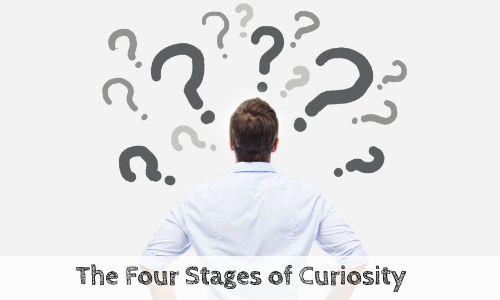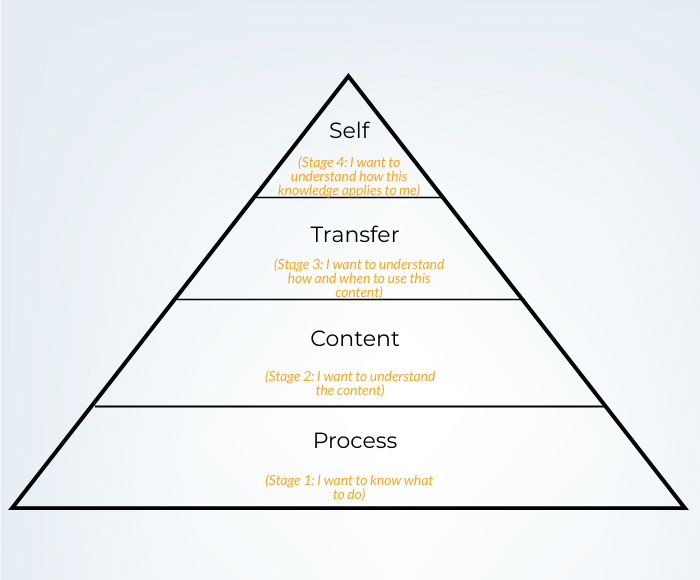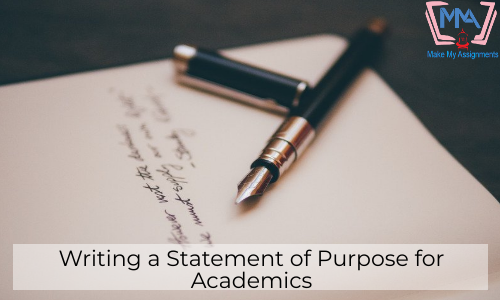
The four stages of Curiosity
Being curious enough can manifest itself in the activity of asking questions, but it can also be a position from which one approaches life. Curiosity is a strong desire to learn or know about things, having an interest in a person, thing, or experience. Folks who are found to be curious often don’t need the information they inquire about.
When curiosity comes, it isn’t clear.
In fact, it isn’t even easy to define as to what curiosity is. This is probably because there is no single source for it anymore.
There are different strategies that help promote curiosity in the classroom- even those that involve how the brain works. Ideally, learning and teaching wouldn’t benefit much for curiosity, but rather would fail completely without it.
It is often said that there is no single outlook for curiosity. If we talk about student engagement in the classroom, teachers often look for indicators like eye contact, waving hands in the air, or good grades in tests, and this may not be the result of curiosity at all.
What are the primary stages of curiosity? Before we take a look at this, it is important for us to note that there are indicators that don’t always represent curiosity and engagement. This might even be some thoughtless habit or external coercion. Similarly, behaviors that indicate lower levels of curiosity don’t necessarily reflect that students are disengaged or uncurious. For this, the lesson design for them could be confusing, or the materials written in the book were poorly presented, or otherwise misleading.
Because of this reason, teachers think about taking a broad and holistic step for each student that incorporates habits over time, personality, experience, and the flow of growing up. Also, the needs of a certain learner might differ at different stages.
The Four Stages of Curiosity: From procedural knowledge to self-knowledge
Stage 1: Process
Student mindset- Tell me what to do
This is marked as the first level of curiosity and engagement, where students are concerned about their procedural knowledge. This includes the teacher’s expectations, their role, interaction and engagement with peers, task sequence, and so on. This mainly includes that part of their activity or the highlighted areas which they may like or dislike, or be prepared or unprepared about it.
This is a typical learner or beginner stage, where they try to make sense out of a given task or activity.
The needs of a learner at this stage
Prompting himself, repeating instructions, again and again, clarifying about the instructions with paraphrasing, and instructions presented in multiple forms.
Stage 2: Content
Student mindset- This is interesting, and I’d like to learn more
Next comes the content stage of curiosity and engagement. This stage has enormous content in its core. Talking about the academic environment, the topics for this could be of study, research, conversation, or other related opportunities. Students are no longer compelled enough towards the bigger ideas of content obscured by instructions, or activity design, or confusing.
The teacher’s role at this stage gets significantly reduced, which makes the interaction between the learner and content to be less efficient and neat, and more direct and authentic.
The needs of a learner at this stage
They develop Compelling content, content at some appropriate reading level, tasks that balance production and consumption, choice, and voice in work.
Stage 3: Transfer
Student mindset- Move out of my way, but not that far
At this stage of curiosity and engagement, students begin to seamlessly connect with knowledge, assimilating things on what they’re learning into what they already know. They usually tend to transfer what they know from supported situations to a new and unfamiliar one.
Though the learners might demand both direction and freedom at this stage, but they also seek to direct their own learning into new contexts.
The needs of a learner at this stage
At this stage, they are tempted towards scoring guides that promote creativity, flexible rubrics, open-ended learning models, and self-directed learning strategies.
Stage 4: Self
Student mindset- This changed me
At this fourth stage of curiosity and engagement, students tend to move past mere those transfers to makes sense of changes around them. As a result of learning, they also tend to move more towards the possible opportunities in themselves. This is considered to be as one of the most powerful stages of curiosity not simply because of knowledge assimilation or transfer, but how it has been involved to change the student’s reasons for learning. At this stage, students ask different questions, imagine learning pathways that aren’t even suggested to them, and constantly seek to reconcile what they do and don’t know.
A learner at this stage benefits from certain tools, support, models, and collaboration; more than they might get with some direct instruction or rigid rubrics.
The needs of a learner at this stage
At this stage, students tend to move towards dynamic tools, exemplary models, strategic collaboration, cognitive and emotional learning space.



